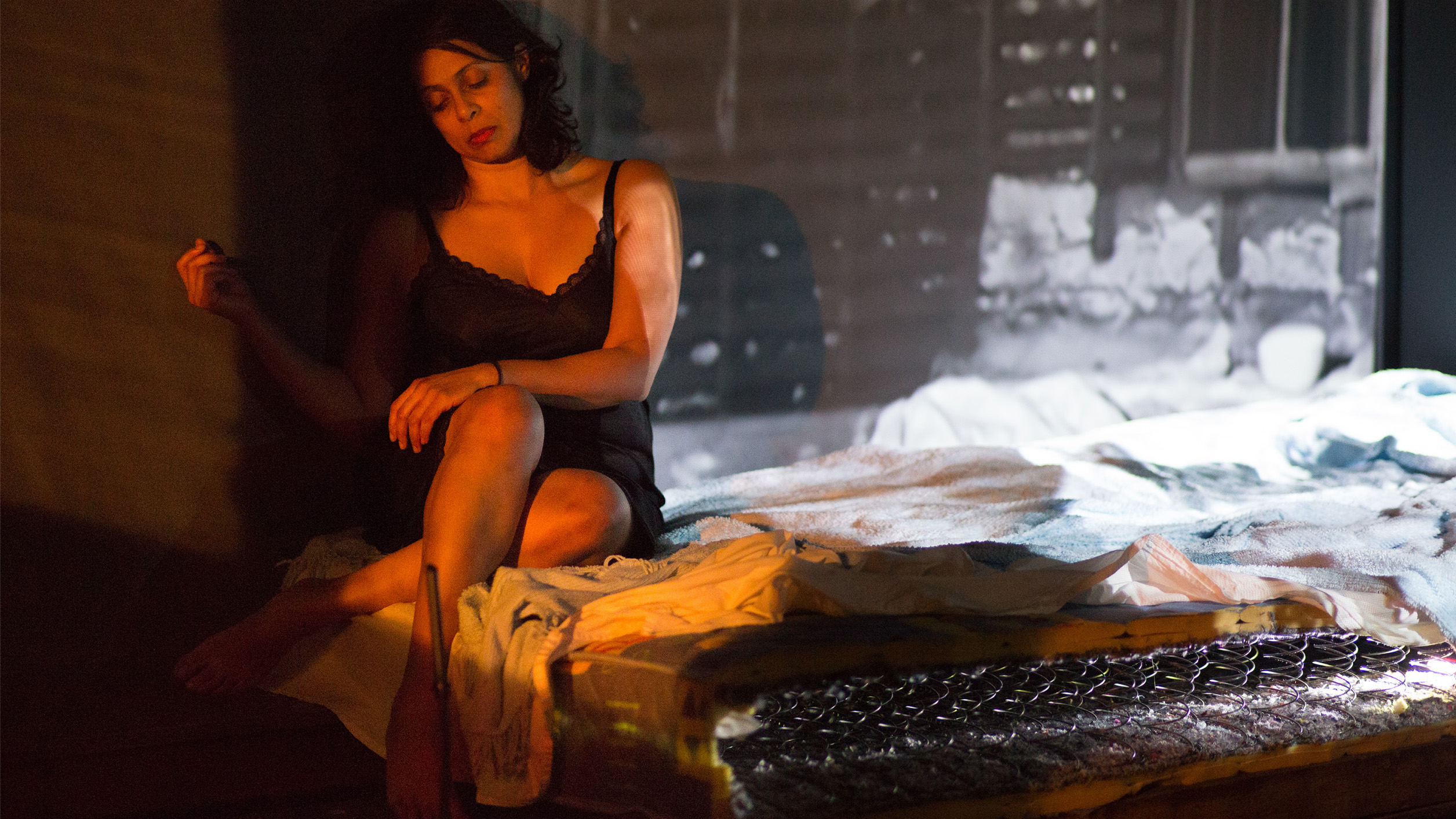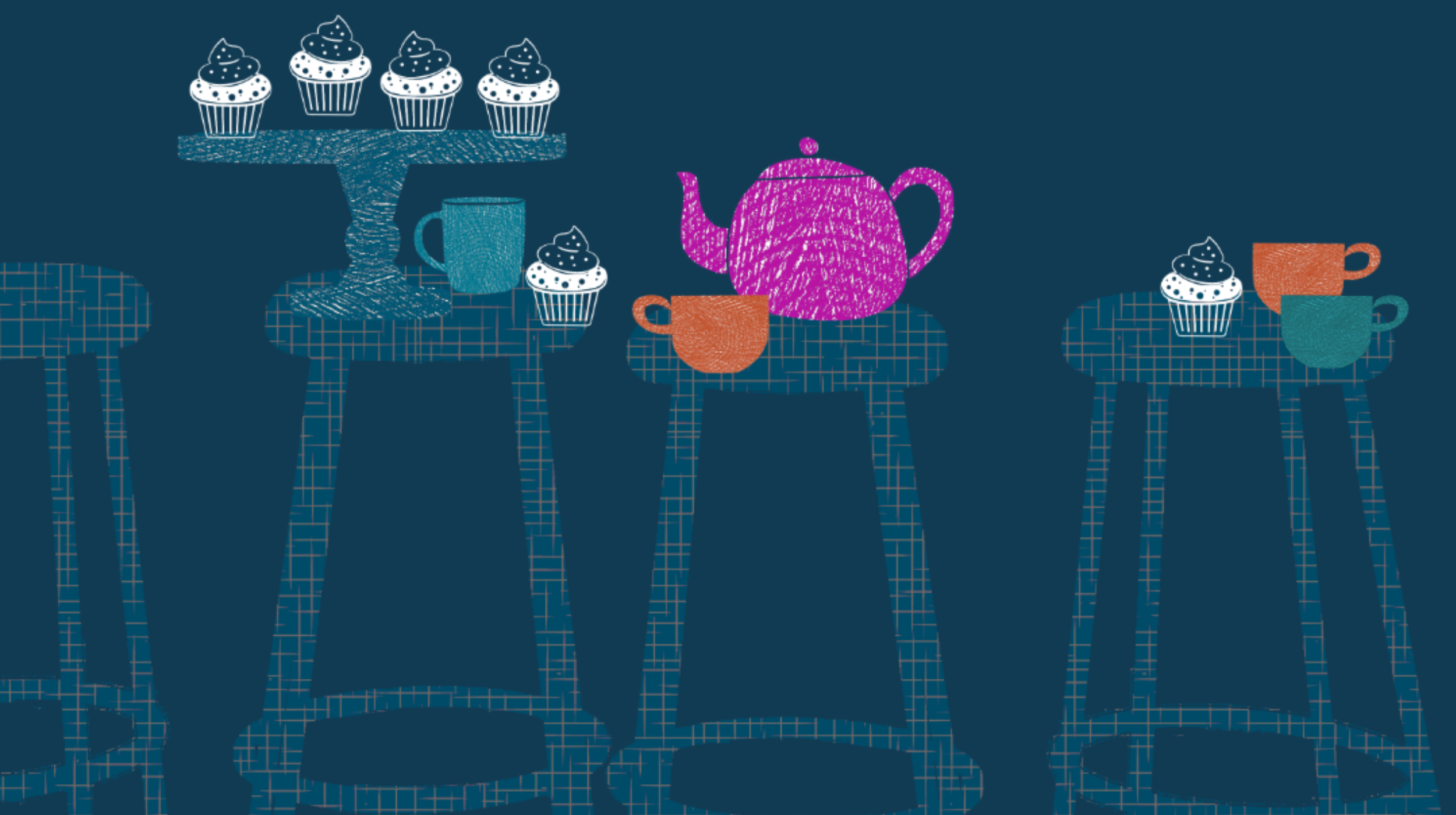
The Weight of Being Seen: On Art, Legacy, and the Politics of Impact
07.10.2025
When belonging is denied, we make art from the edges.
With the continued silencing from arts funding bodies and the like, I reflect on the state of the sector — a place I once hoped to belong, but which, it seems, will always find ways to keep me at its edges.
By Michelle St Anne
We make art from the edges — from the cracks between silence and speech, from the ordinary places where revelation hides.
For twenty-five years, The Living Room Theatre has carried on without walls, creating work that resists the question: What is your impact?
Because impact is not a number.
It’s a ripple.
A tremor that lingers after the lights go down.
It’s the quiet moment when someone says, “I know that sound. I know what you were saying.”
In a culture obsessed with measurement, this is a reflection on the immeasurable — on art as care, as reckoning, as the fragile, enduring weight of being seen.
Grants submitted, rejections received—and we’re asked the inevitable:
What is your impact?
Of course, this is framed through a economic model: return on investment, key performance indicators, audience growth.
But do the arts—or the humanities—really live by that scorecard?
When I reflect on the effectiveness of the arts, I think instead about its affectiveness.
The countless times it gave me comfort.
Helped me find resolve.
Let me speak on my own terms—an outsider looking in.
The sector today leans so heavily on business models and short-term outcomes.
And it hurts to see the generation above me—artists who never won awards or had their impact tallied in data points—fade into silence.
Knowing that they may never hear how deeply their work shaped my psyche, my heart, or my practice.
So often, the legacy of an artist is left unspoken.
Discarded, Silenced
There is a cruelty in how the arts sector treats its artists—not through overt hostility, but through erasure.
You can spend years honing your voice, creating something original and fiercely personal, and be met with… nothing.
Not opposition. Not criticism. Just silence.
When I made I Love Todd Sampson, I worked with an extraordinary and committed team. My tech production manager, Matt Osbourne cabled both levels of the pier using just one power outlet per floor—on his own. Architectural Producer, Andy Macdonald wrangled 86 members of the architectural community with grace.
And I, as creator, producer, writer, grant writer, fundraiser, marketer—was completely unseen.
The independent organisations that once nurtured me stopped taking my calls.
The funders I invited didn’t reply. Didn’t acknowledge.
A group of arts professionals—each salaried by the sector—held the house for 20 minutes.
We waited, only to be told they were enjoying drinks at the Bar at the End of the Wharf and had decided not to come.
It wasn’t just a personal snub.
It was a message: You don’t matter.
This is the shadow economy of the arts—where visibility is currency and gatekeeping is dressed up as “capacity.”
It was a reminder that unless you are award-winning, trending, or institutionally endorsed, your work is dispensable.
And yet—
The season held.
Some audiences loved it. Some hated it.
And that’s art.
But one woman stayed seated alone in our constructed foyer long after the show. As I approached, she said:
“The hospital gurney. As soon as I heard it, I knew it. I know that sound. I knew what you were saying.”
And it is that moment that returns to me, again and again.
In those 90 minutes, she was heard. And she was seen.
Is that impact?
It doesn’t have a dollar sign. It can’t be measured in metrics.
It was a private moment of human connection.
And it’s everything.
The Politics of Impact
The current obsession with “impact” as something to be measured, packaged, and reported has hollowed out the space we need for artistic risk and emotional resonance.
But the kind of impact I aim for doesn’t arrive with applause.
It lingers. It festers. It haunts.
My work doesn’t offer moral instructions.
It seeps into the unconscious—the place where memory, fear, and meaning take up residence.
CEO of Greenpeace, David Ritter once told me he had nightmares after seeing my work.
Not because it was graphic or violent.
But because it named something he didn’t yet have the words for.
And so that, to me, is impact.
It’s not a quote.
It’s not a statistic.
But the silence you carry home that will reside.
Art as Legacy, Not Transaction
To the older generation of artists—those who feel cast aside—
Know this:
You will never fully know the impact your work has had on me.
Sydney Front‘s Don Juan (1991) and Entr’acte Theatre‘s Ostraka (1986) gave me a stone so precious, I carved my voice from it.
Clare Grant and Nigel Kellaway shaped the way I see dramaturgy, image, and space.
So how has The Living Room Theatre survived 25 years—with me at its helm?
Because we are driven by vision.
A vision of art as a way of exploring humanness and femaleness.
Beyond box-ticking. Beyond identity politics. Beyond someone else’s rubric.
We speak when what you say is as important as how you say it.
When practice is the vehicle—not the spectacle.
When the performing body is not reduced to identity quotas but recognised for its histories, scars, and agency.
So yes, I am a CALD artist.
Maybe.
But that reductive label erases the complexity—the joy, the rage, the sorrow, the contradictions.
It strips the self of nuance.
As Journalist Stan Grant writes in Murriyang:
Being Aboriginal, for me, had lost its sense of beauty and wonder and become a site of grinding conflict…
I made the mistake of trying to prove I exist. What a pointless quest.
It invites annihilation.
The politics of identity sucked the joy out of being who I am.
Identity felt like a cage in search of a bird.
This cage has followed me.
And this constant need to prove myself—to justify my existence through labels and politics—has become exhausting.
My work is symbolic.
It is about how the body navigates violence, trauma, and systemic oppression.
My body represents those things.
Sometimes its brownness is the underscore.
Sometimes it’s the point.
But I don’t need a grant application to tell me where I belong, or how my voice should be heard.
I already know.
Michelle St Anne is the Artistic Director of The Living Room Theatre.
A rare theatrical artist, she is renowned for her immersive and intimate performances that offer profound audience experiences through symbolic and sensory-driven storytelling. Her work engages with site-specific architecture, audience movement, and embodied participation, using elements such as lighting, scent, sound, and temperature to shift perceptions of violence and the female body, leaving a lasting impact long after the performance ends.


